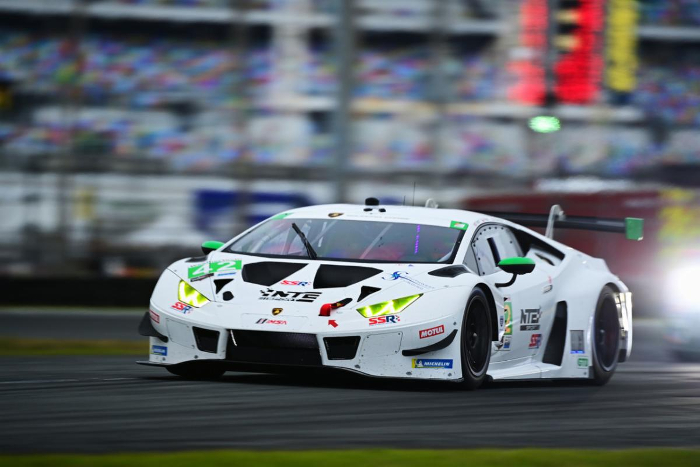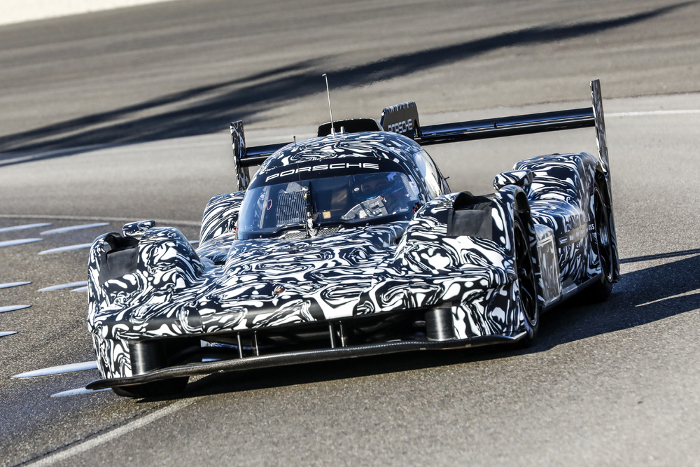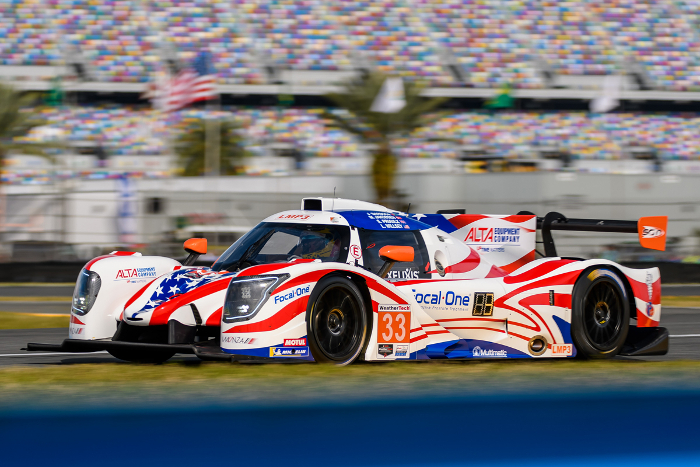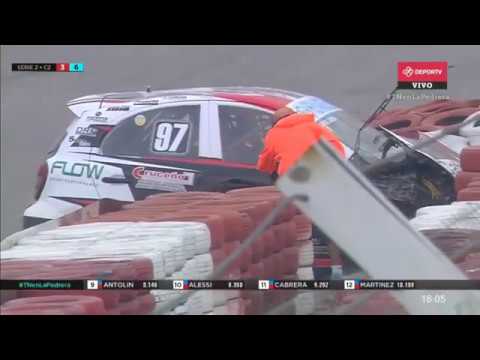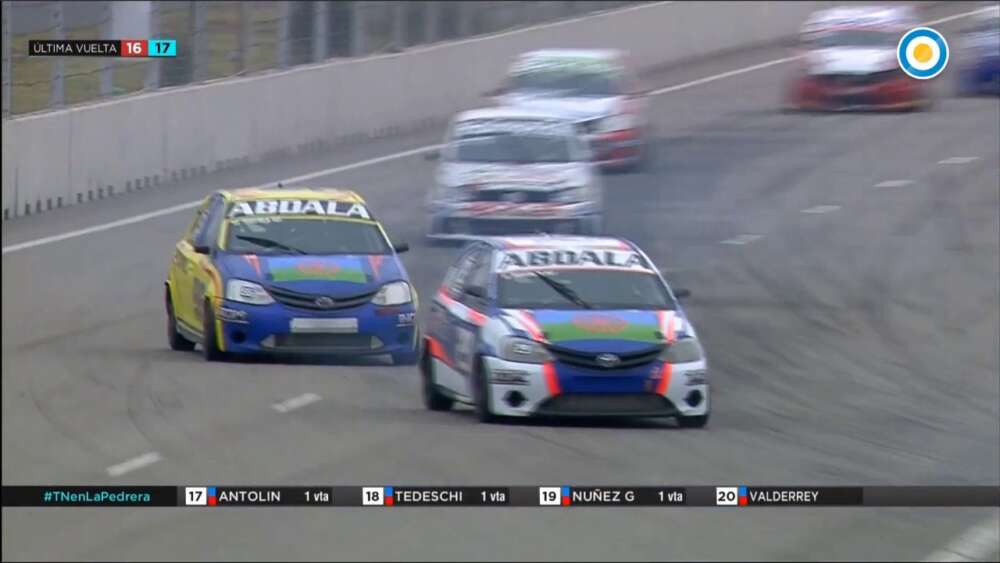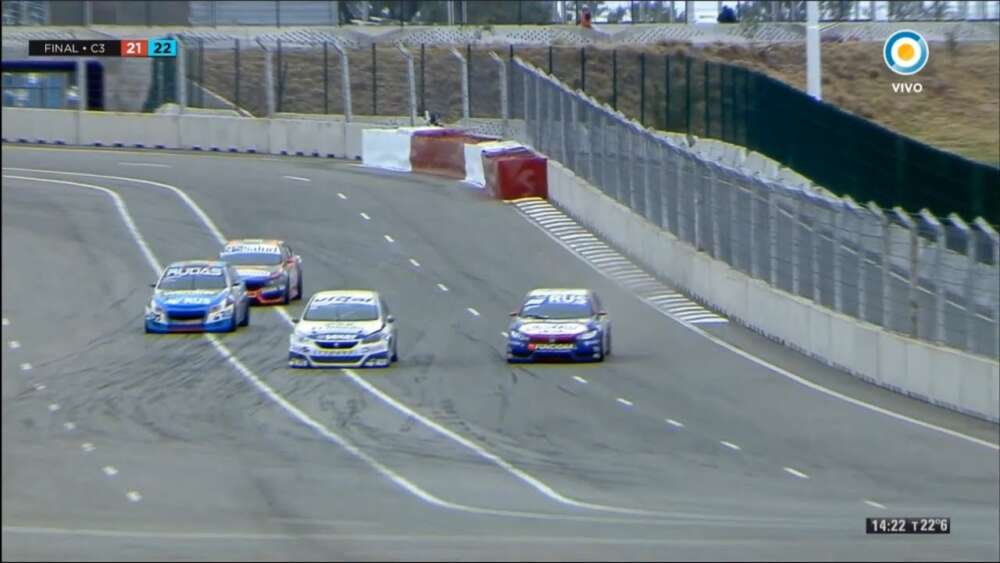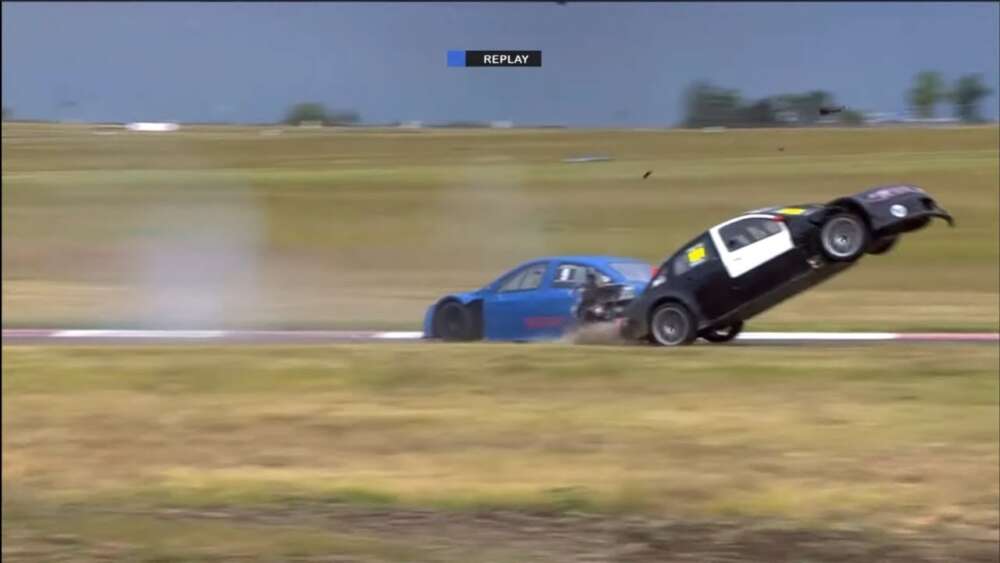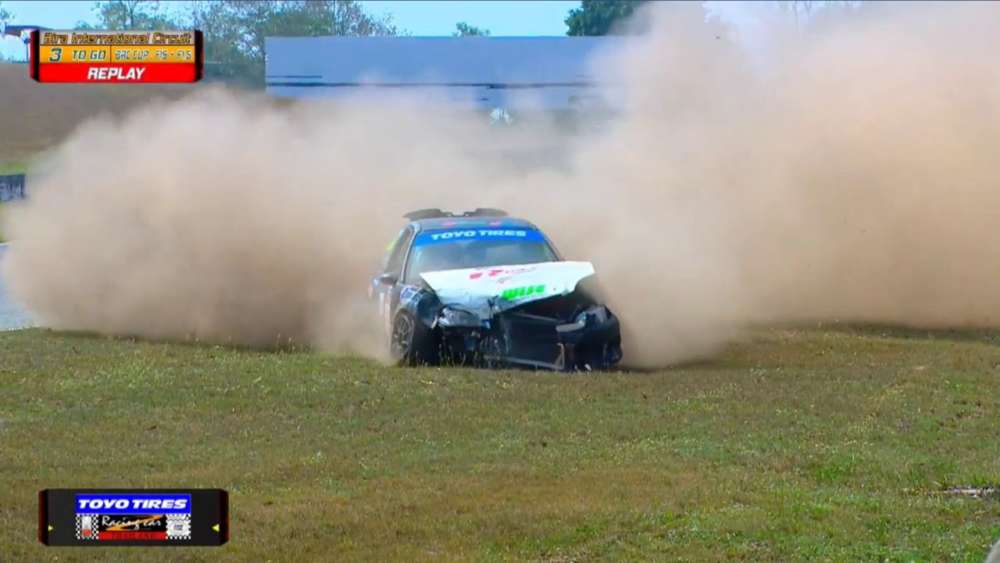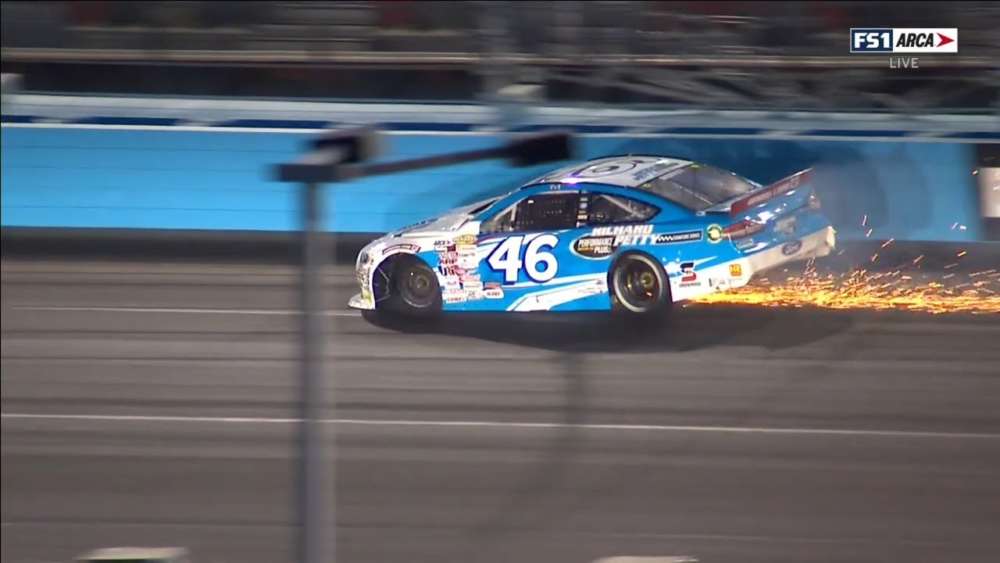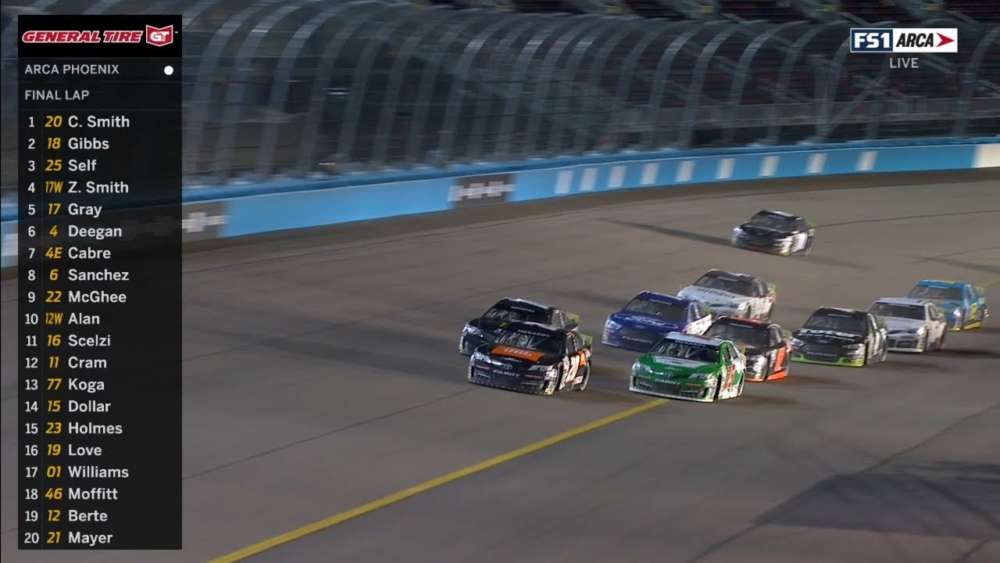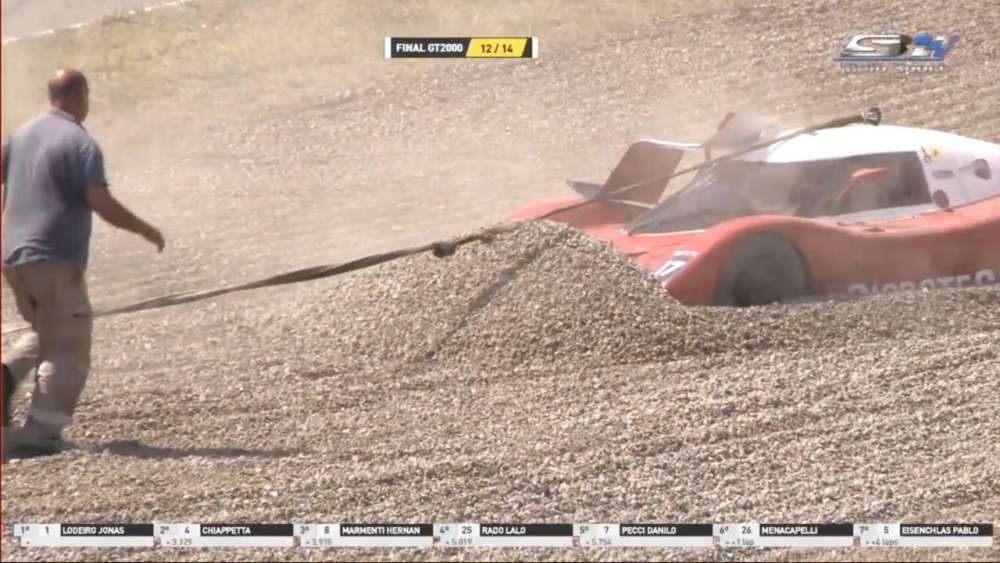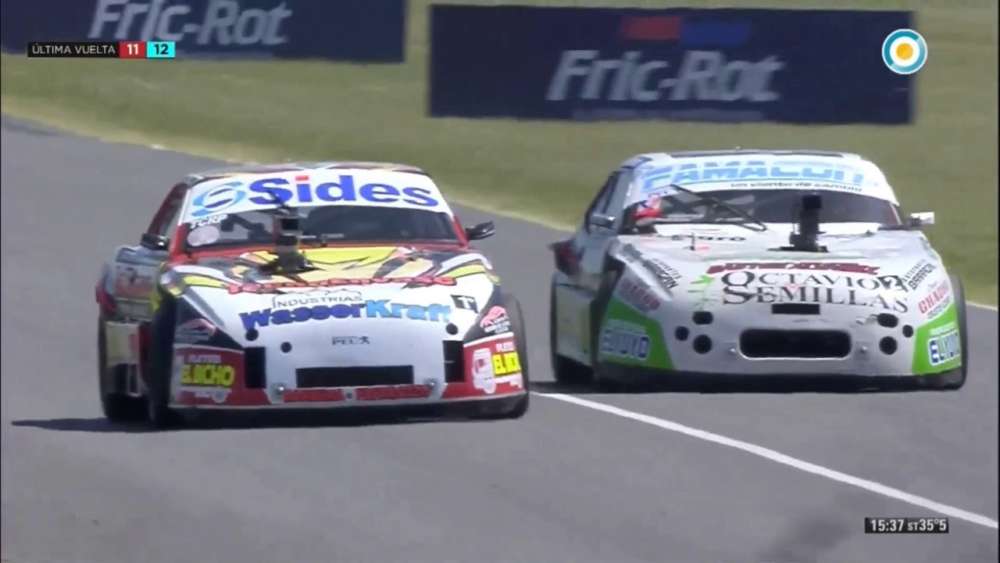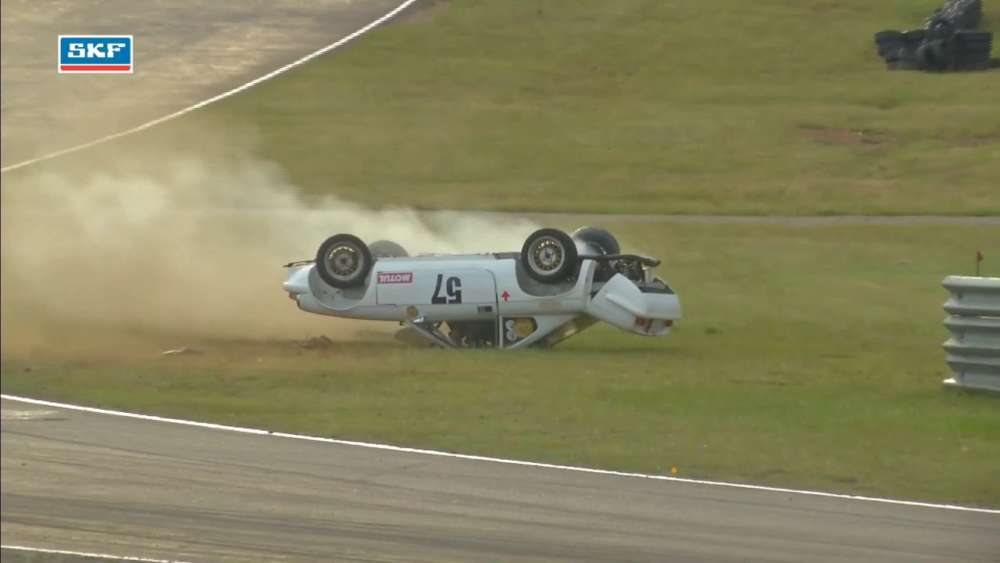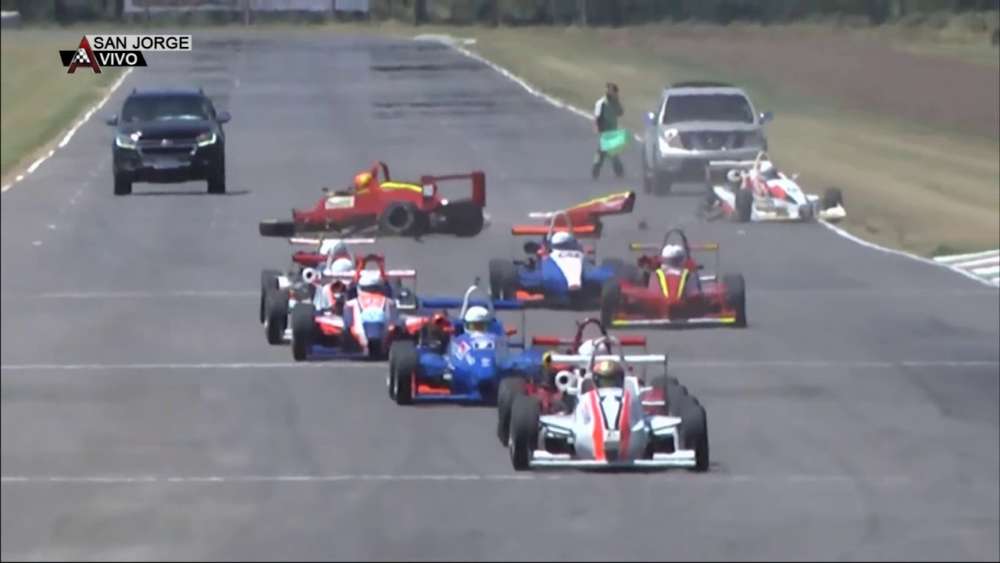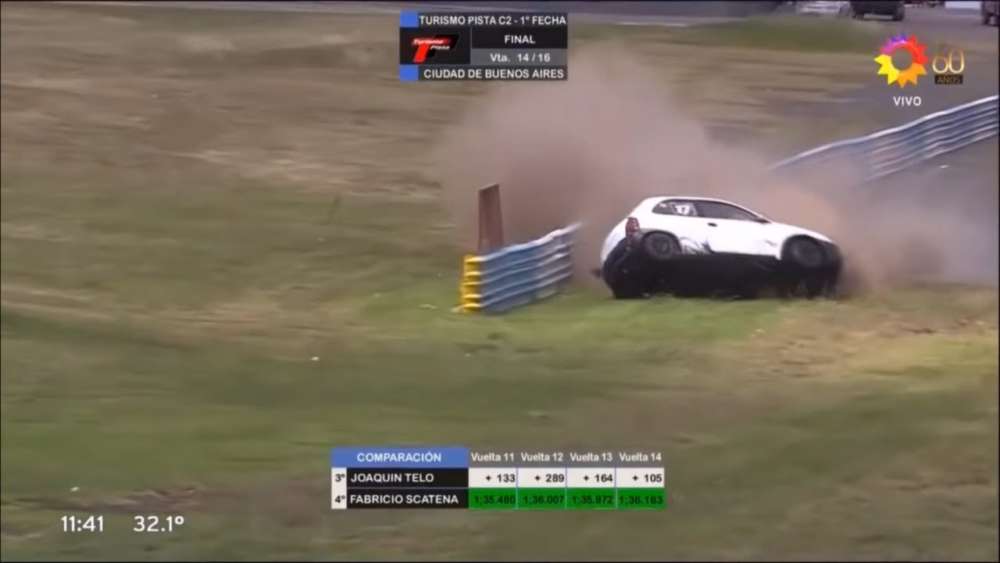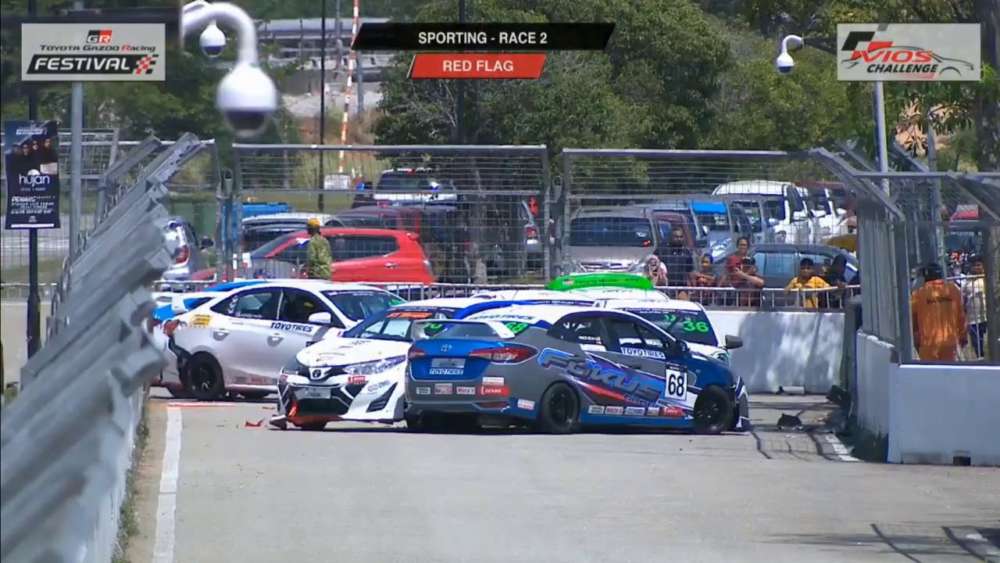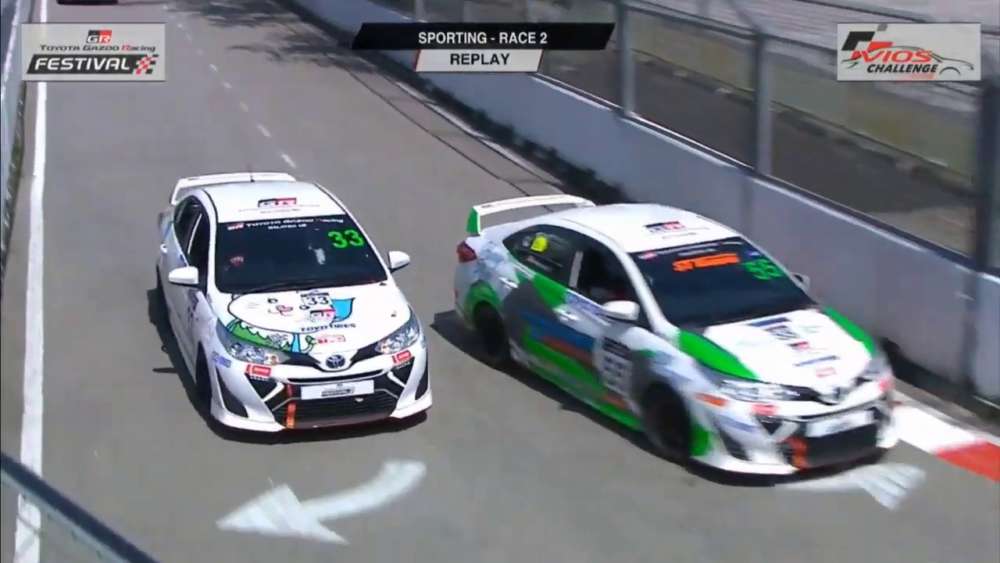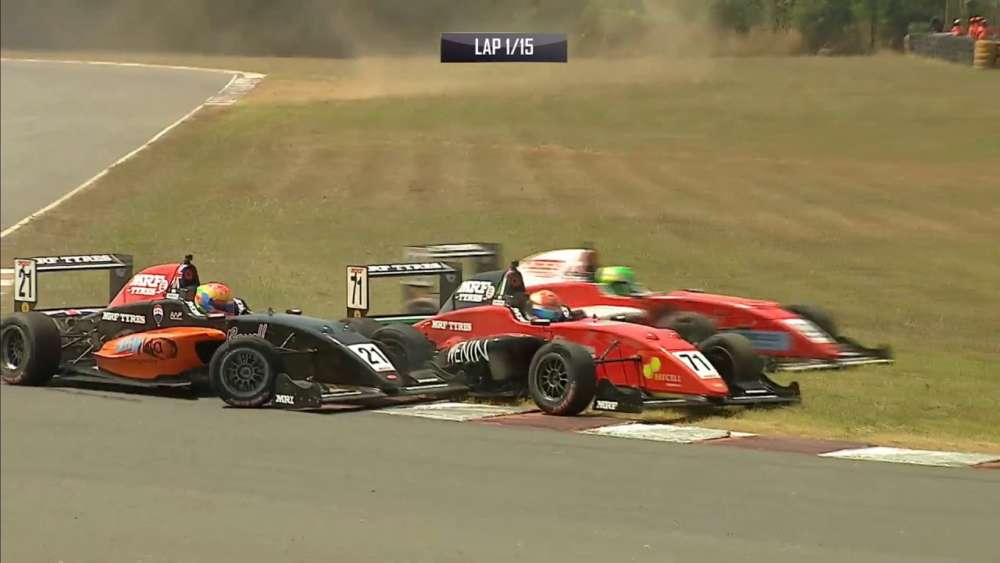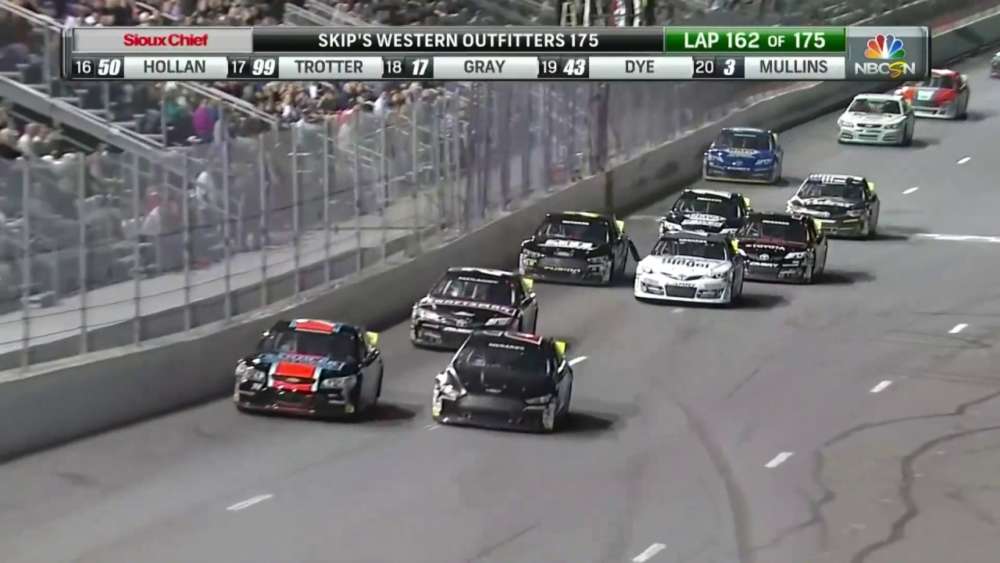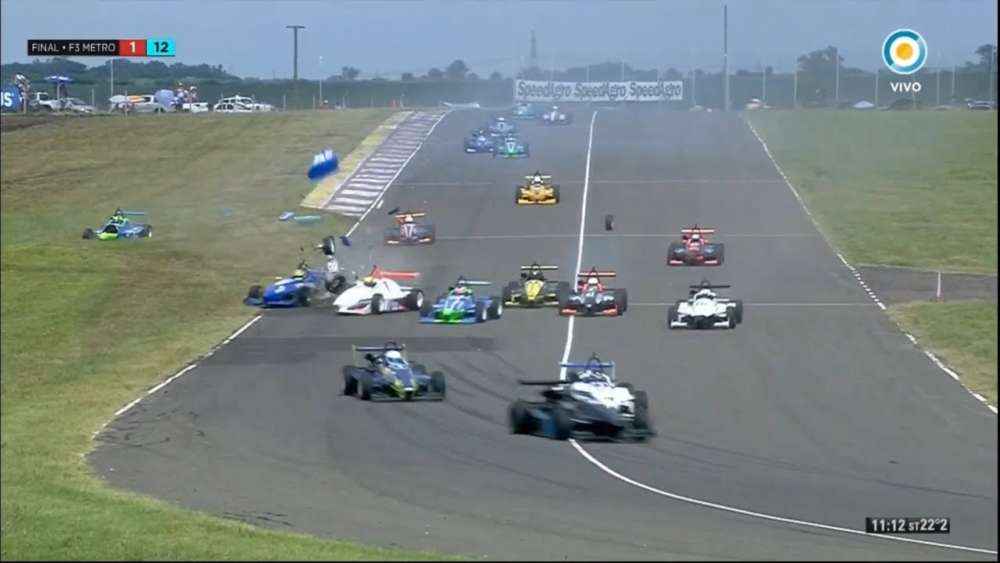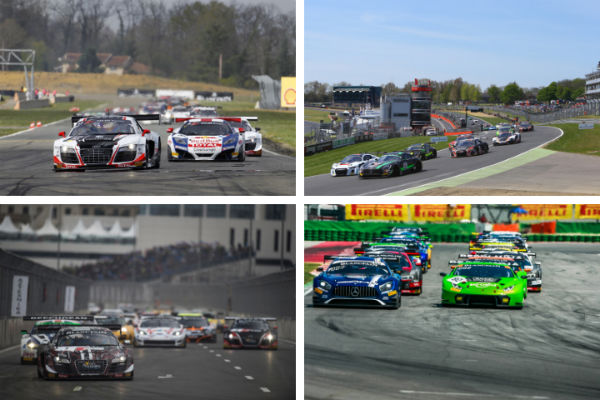
The new Blancpain GT World Challenge Europe will make its debut over the first weekend of May, with Brands Hatch launching a five-round calendar that will take the sprint racing series to venues across the continent.
Except, this is not an entirely new category. The championship has adopted a fresh name for the season ahead, but in fact it is a continuation of the successful Blancpain GT Series Sprint Cup.
First established in 2013, and known as the FIA GT Series during its maiden season, from 2014 onwards the category joined with the Blancpain GT Series Endurance Cup to award the overall Blancpain GT Series titles, while also rewarding the Sprint champions.
As of 2019 the series will be known as Blancpain GT World Challenge Europe, bringing it into line with similar sprint-format championships in Asia and the United States. Manufacturers will score points in each regional series towards the overall Blancpain GT World Challenge.
At the same time, the European championship will also remain part of the overall Blancpain GT Series and will still award its own titles, therefore retaining the same successful formula that has attracted high-calibre teams and drivers to its paddock.
As it prepares to transition to a new name, we have looked at some of the key facts and stats from the past six years.
The foundations
Though it ran under the FIA GT name, we can look at 2013 as the first season of what became the Sprint Cup. Reserved for GT3 cars, the team and driver line-up, the calendar and the race format all mirrored what would follow in 2014. Indeed, there are similarities to what we will see this year in Blancpain GT World Challenge Europe.
Between 2013 and 2017, events consisted of a qualifying race and a main race, with the latter awarding more points than the former. This was replaced in 2018 by two one-hour races, each paying an equal number of points. The same format will be retained in 2019.
To date, 13 different circuits in 12 countries have staged sprint races. That number will remain the same following the 2019 season, with all of the tracks that Blancpain GT World Challenge Europe will visit being established venues. Spain is the only country to host races at two circuits: Navarra (2013) and Circuit de Barcelona-Catalunya (2016).
In terms of the most-visited track, both Brands Hatch and Zolder have staged five races to date. With the British venue remaining on the calendar for 2019, while Zolder makes way for Zandvoort, Brands Hatch will soon stand alone as the series’ best-known venue.
The winning formula
The inaugural season consisted of six rounds, beginning at French venue Nogaro on 1 April 2013. The first qualifying race was won by Sebastian Loeb and Alvaro Parente in a McLaren, while the main race was won by Edward Sandstrom and Frank Stippler, driving for Belgian Audi Club Team WRT.
It is appropriate that WRT scored the first championship race victory, as the Belgian outfit has been the reference in sprint-format events from the very beginning. The Audi squad won the inaugural teams’ title, while Stephane Ortelli and Laurens Vanthoor bagged the drivers’ crown. WRT has gone on to claim every teams’ title since – that’s six in a row – and added further drivers’ championships in 2016 and 2017.
Its major rivals have tended to come from the Mercedes-AMG stable, with 2014 champion Maxi Götz (HTP Motorsport) and current title holders Raffaele Marciello and Michael Meadows (AKKA ASP) all running for the German marque. The 2015 drivers’ crown was won by Vincent Abril and Maxi Buhk for Bentley Team HTP, the only occasion on which a German brand has not topped both the teams’ and drivers’ standings in the Pro category.
There has been considerably more variation in the Pro-Am class. In fact, there is yet to be a repeat title-winner in the category, with different teams’ and drivers’ champions in each of the six seasons. In terms of manufacturers, Mercedes-AMG, Audi and Ferrari all have two teams’ and drivers’ titles each.
The Silver Cup category became part of the championship in 2014 and has proven immensely popular, expanding to the Endurance Cup in 2018.
As a class aimed at rising talents, the proof of its success comes from its drivers stepping up a level. Inaugural Silver champion Abril went on to clinch the overall Sprint Cup title the following year, while 2016 class champion Luca Stolz is now the reigning Blancpain GT Series Endurance Cup champion and will contest this year’s Intercontinental GT Challenge with Mercedes-AMG.
The big numbers
Adding up all qualifying and championship races (2013-2017), as well as the new one-hour contests (2018-present), there have been a total of 70 sprint-format races to date. Laurens Vanthoor has won 14 of them, making him the most successful driver in the series. He is closely followed by Maxi Buhk, who has 12 victories, with Robin Frijns third on eight.
In total, 49 different drivers have taken top spot at a sprint event. Of those, 28 have secured multiple victories, though only six drivers have achieved five or more wins. In addition to Vanthoor, Buhk and Frijns, the others are Christopher Mies (6), Cesar Ramos and Enzo Ide (both 5).
It is a mark of WRT’s success that, of these drivers, only Buhk did not drive for the Belgian outfit. In total the Audi squad has won 32 races, never taking less than five in a season and establishing the record for teams’ by some distance.
Winning the championship has tended to be about consistency. This is shown by the fact that in the six seasons since the series was launched, only once has the driver or driver pairing with the most race wins taken the title.
That came in 2016, when Ide was crowned champion with four victories to his name. Aside from that instance, the highest number of wins has never been recorded by the title-winning crew.
Ide can lay claim to another notable statistic: the best win percentage over the course of a season. During his title-winning year, the Belgian recorded a 40 percent win ratio. Four wins in a season is not actually the record high: Vanthoor won five races in 2014 alongside Ramos, and again in 2015 with Frijns. In both instances, however, there were 14 races over seven rounds. That works out as a little under 36 percent win ratio, putting Ide just ahead.
The young stars
Generally, sprint racing tends to lend itself to younger competitors more than an endurance format. This is highlighted by the fact that the youngest winners in what is now the Blancpain GT World Challenge Europe are on average younger than those in the Endurance Cup.
That being said, the record holder is the same in both series. Dries Vanthoor (Belgian Audi Club Team WRT) was still a teenager when he took qualifying and championship race honours at the Hungaroring in 2017, breaking the record previously held by Vincent Abril. Dries made his series debut the previous year, when he was still 10 days shy of his 18th birthday.
The trend for younger drivers succeeding is also reflected among the series champions. Laurens Vanthoor was 22 when he won the inaugural title, while Maxi Buhk was the same age when he won it in 2015 alongside 20-year-old Abril. Enzo Ide (25), Robin Frijns and Stuart Leonard (both 26) and Raffaele Marciello (23) have all continued the trend.
The sprint stalwarts
In the modern era, few drivers are as closely associated with GT racing as Markus Winkelhock. The German won the GT1 World Championship in 2012, has two Total 24 Hours of Spa victories to his name (2014 & 2017) and was Intercontinental GT Challenge drivers’ champion in 2017.
To that list we can add another distinction: Markus is one of only two drivers to have appeared in every season of what is now the Blancpain GT World Challenge Europe and is number one when it comes to race appearances.
Winkelhock made his series debut at the final round of the 2013 FIA GT season and has entered every event since, representing a number of teams but always driving Audi machinery. He finished second in the overall standings in 2017 and won the Pro-Am class title in 2018, taking on the senior role at Sainteloc Racing alongside youngster Nyls Stievenart.
The other driver to have competed in every season, Frederic Vervisch, has a long-standing association with the series, though in terms of races started he’s relatively inexperienced.
Indeed, in five out of six seasons Vervisch has entered just one round, the exception coming in 2016 when he ran a full season. That adds up to 20 races started – considerably fewer than Maxi Buhk (56) and Chris Mies (42), among others.
In terms of teams, WRT have been present for every race since the championship’s inception, while Grasser Racing has missed only a handful of events. Among the outfits active in 2018, Attempto Racing and Rinaldi Racing have also been long-serving members of the paddock.
When the 2019 Blancpain GT World Challenge Europe season kicks off at Brands Hatch (3-5 May), it will represent the beginning of a new era for the series. But, as we have seen, there is also a great deal of history in place – and plenty of records waiting to be broken.
Source. SRO Motorsports Group
